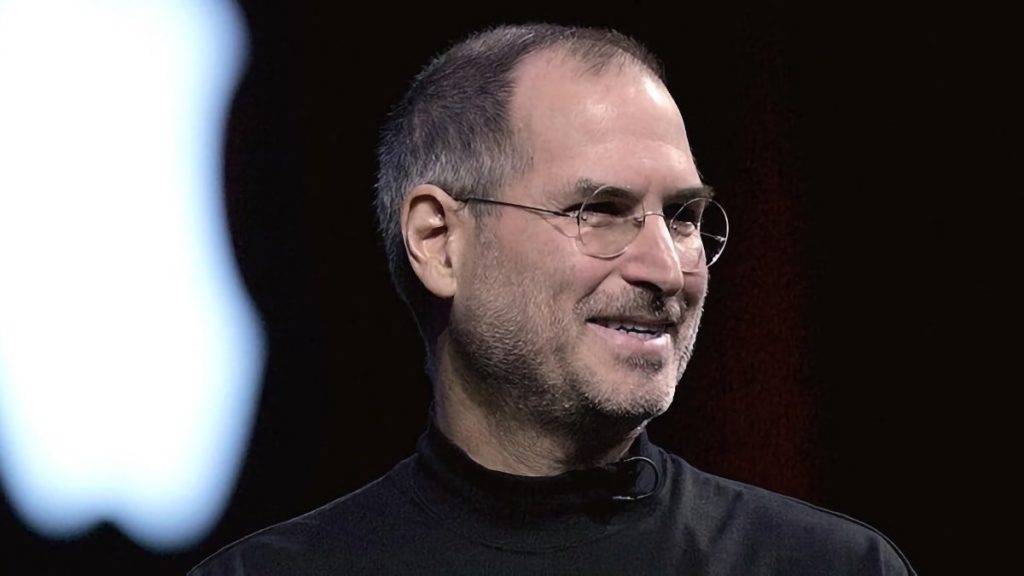Steve Jobs understood his control at Pixar, but he didn’t like the yes-men.

Steve Jobs ‘ character caused a number of exciting things to happen while he was at Pixar, including firing board of directors people for not agreeing with him. During his time at Apple, Steve Jobs ‘ management style may be characterized by some as confrontational and strong-willed by people. It was also made known to him while he was a director at Pixar Animation Studios, where Steve was a lot shareholder, according to Ed Catmull, co-founder of Pixar Animation Studios. &# 13, Catmull and customers discussed the Apple co-founder’s management style in an interview about Jobs for the Steve Jobs Archive that was released on Friday. No to Yes MenAnd# 13, Catmull mentions how the” Braintrust” at Pixar was “very intense” as a result of discussions about how to deal with issues with a film in development. He adds that the explanations aren’t specific, and that it’s more about whether a certain scene in a film works or not. While Pixar was a people business, the need for conversation when there is a possible issue even led to an unusual situation for Jobs. Catmull describes the board as being a “really energetic group with very powerful, outspoken people,” but it wasn’t quite right for Jobs. For the same cause, Jobs fired two people from the table, according to Catmull. Steve’s motivation for the move was that they never had any disagreement with Jobs ‘ viewpoint at all. The Pixar co-founder continued,” If they didn’t agree, they’re not bringing anything to the business.” In another example, Catmull explains why Jobs wasn’t involved with the Braintrust, which made choices about movies, at a young age. As new executives joined the business, The Braintrust was established to provide feedback. &# 13, However, it didn’t really work because the feedback group was located in the same building, causing a lack of honesty. Steve Jobs was supposed to serve as the comments man, but the solution was to change that. Catmull asked Jobs to never, ever, enter a Braintrust gathering in &# 13. The meeting’s ten-minute silence was required for the most powerful people in the room because anything they said had set the tone right away and drown out another weak voices. Given that it appeared impossible for him to say anything at the gathering without altering the voice, Steve was deemed one of these individuals. Jobs agreed not to attend conferences, and he was conscious of this issue. He attended the shows when the board of directors was also present, and when Pixar was owned by Disney, on the wheel commission. He would give input at that point, Catmull said, because he would turn out to be” an outside force who has a vested attention” in the success of the movie. Jobs did also speak with the director and producer after those checks, according to &# 13. He had caution them,” I’m hardly a director.” You can ignore everything I say, Catmull claims, and he evidently meant it before providing allegedly strong feedback. What Jobs said to them was not something the Braintrust had previously said, Ed recalls. What was said, however, did occasionally seem to have been” a colon bite” like. In keeping with Catmull’s theory, managers would know to disregard one another and ignore the advice given when working in close proximity to the Braintrust. Work, however, were not to be taken lightly. No benefit in being wrongIn a concluding story, which was first introduced by director John Chu, Jobs admitted” We made a error” by not including a Audio travel in the system. We’re about eight months behind schedule, but we’re going to transform that today, Jobs claims. 13 &# 13, Chu recalls watching and believing he hadn’t witnessed Jobs admitting a mistake in people like that. Catmull continued, explaining that Jobs didn’t think it was advantageous to be bad, and that he found it simple to admit wrong. Catmull believed their grievances were false when some criticized Jobs for it. He said,” It’s acknowledging it and fixing it right away, that was his power.” &# 13, Catmull said that the key to being a leader was the ability to change, whereas people generally believed they needed to be right.
 Bionic Bay, a hand-made pixel-art platformer that releases on PS5 on April 17, is being made.
Bionic Bay, a hand-made pixel-art platformer that releases on PS5 on April 17, is being made.  May 13th, PS5’s comfortable journey Palia opens its doors.
May 13th, PS5’s comfortable journey Palia opens its doors.  A second functional character is revealed in Ninja Gaiden: Ragebound.
A second functional character is revealed in Ninja Gaiden: Ragebound.  Samsung Display is selected by Apple to provide the phone Fold OLED windows.
Samsung Display is selected by Apple to provide the phone Fold OLED windows.  Apple’s connection supplement line includes more color with Beats Cables.
Apple’s connection supplement line includes more color with Beats Cables.  Price battle:$ 1, 799 for the Apple M4 MacBook Pro with 24GB of RAM and a 1TB SSD.
Price battle:$ 1, 799 for the Apple M4 MacBook Pro with 24GB of RAM and a 1TB SSD.